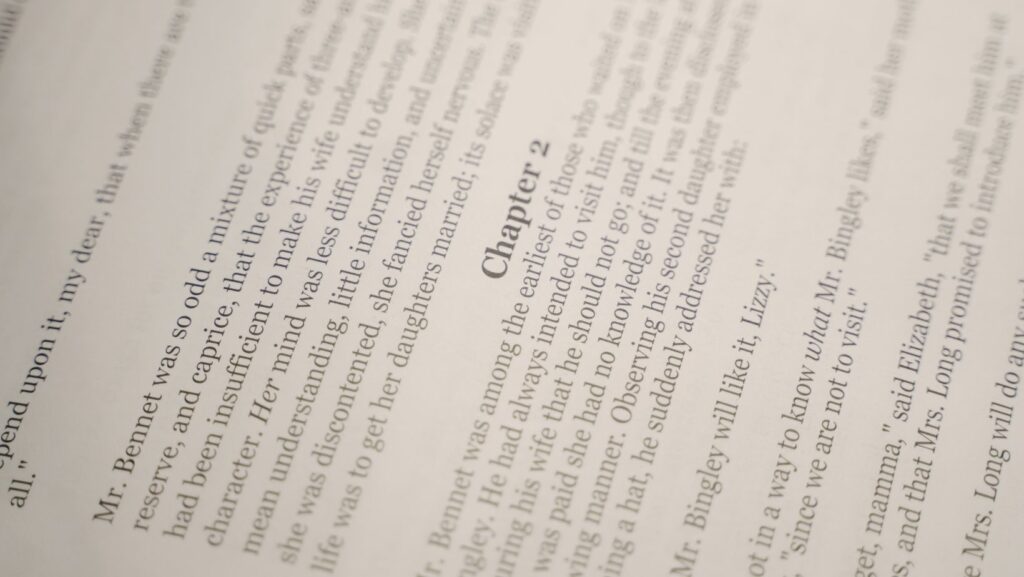
Semiotics and the Philosophy of Language
Exploring the intricate relationship between semiotics and the philosophy of language unveils a captivating journey into the essence of communication and meaning. In this realm, symbols, signs, and their interpretation take center stage, shaping the fabric of human interaction and understanding.

Delving into the depths of semiotics offers a profound insight into how language transcends mere words, delving into the realm of symbols and their profound impact on our perception of reality.
The fusion of semiotics and the philosophy of language opens a gateway to unraveling the complexities of linguistic expression and the underlying structures that govern our communication. By dissecting the layers of meaning embedded in signs and symbols, one can grasp the intricate web of significance that underpins our interactions. This exploration not only enriches our understanding of language but also sheds light on the profound ways in which communication shapes our worldview.
Exploring the Connection Between Semiotics and Philosophy of Language
Semiotics, the study of signs and symbols and their use or interpretation, is closely intertwined with the philosophy of language. Understanding semiotics is crucial as it sheds light on how symbols influence human interaction and perception of reality.

Defining Semiotics and Its Relevance
Semiotics, as the science of signs, delves into how symbols convey meaning beyond words, encompassing gestures, images, and sounds. Its relevance lies in unraveling the intricacies of communication beyond linguistic boundaries, tapping into the power of symbols to shape our understanding of the world.
The Role of Philosophy of Language
The philosophy of language examines the nature of language and its relationship to reality, truth, and understanding. It plays a vital role in dissecting the underlying structures of communication, revealing how language shapes thought and influences our interpretation of the world around us.
Key Theorists and Their Contributions
Ferdinand de Saussure and Structuralism
Ferdinand de Saussure, a pioneering linguist, laid the foundation for modern semiotics through his theory of structuralism. His work emphasized the structural relationship between signifier (the form in which a concept is expressed) and signified (the concept itself). Saussure’s contribution revolutionized the understanding of language by focusing on the system of language rather than individual words, paving the way for structuralism in semiotics.
Charles Sanders Peirce’s Theory of Signs

Charles Sanders Peirce, an American philosopher, introduced the concept of semiotics and developed a comprehensive theory of signs. Peirce classified signs into three categories: icons (resembling what they signify), indexes (having a direct connection to what they signify), and symbols (arbitrary connections to what they signify). His theory expanded the understanding of signs beyond language to encompass all forms of communication, significantly influencing the field of semiotics and the philosophy of language.
Controversies in Interpretation
Interpretation controversies in semiotics arise from the subjectivity involved in deciphering signs and symbols. Different individuals may attribute varying meanings to the same sign based on personal experiences, cultural backgrounds, and societal influences. This subjectivity can lead to ambiguity in interpreting signs, posing a challenge to establishing universally accepted meanings in semiotic analysis.
Limitations of Semiotic Analysis
Despite its powerful explanatory potential, semiotic analysis also has limitations. One significant constraint is the complexity of interpreting signs in different contexts. Signs can hold multiple meanings depending on the context in which they appear, making it challenging to reach definitive conclusions in semiotic analysis. Additionally, semiotics may struggle to account for the evolving nature of signs and symbols in contemporary communication, where new meanings can emerge rapidly, challenging traditional semiotic frameworks.
Semiotics and the philosophy of language offer a fascinating insight into how symbols and signs shape our communication and understanding of the world. By exploring the intricate relationship between language and thought, one can appreciate the profound impact these concepts have on our everyday interactions. From the theories of Saussure to the modern applications in digital communication, semiotics continues to play a crucial role in decoding the layers of meaning embedded in human expression. Despite challenges and controversies, the evolving nature of signs and symbols in contemporary communication underscores the dynamic nature of semiotic analysis. Embracing the complexities of semiotics opens doors to a deeper comprehension of language, thought, and the intricate web of symbols that define our reality.
